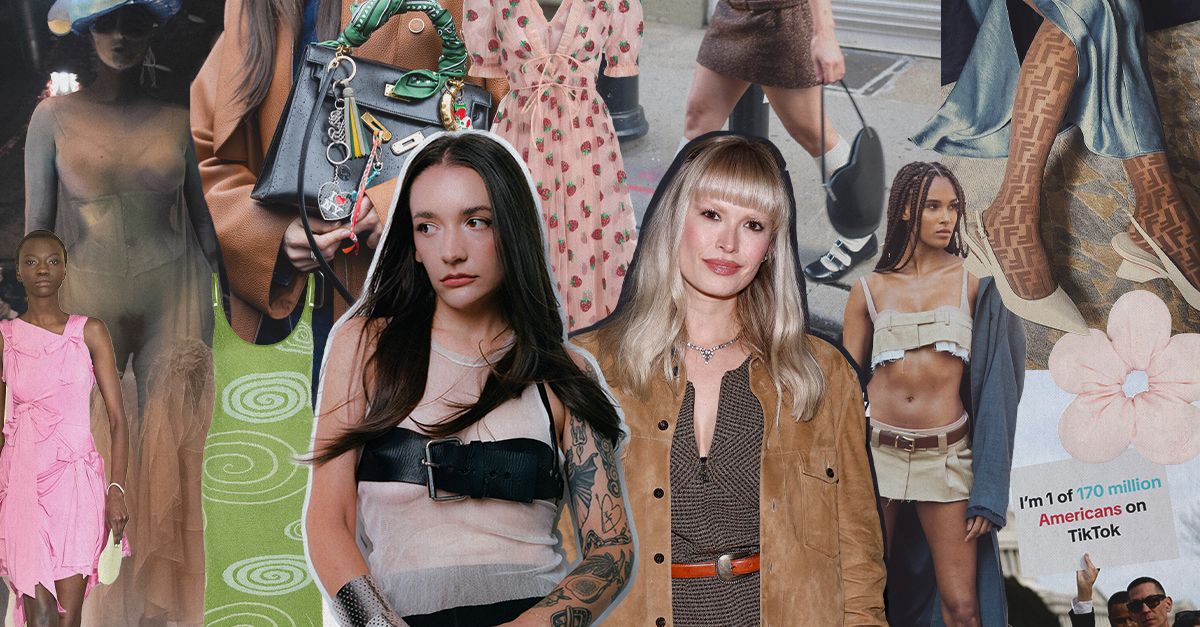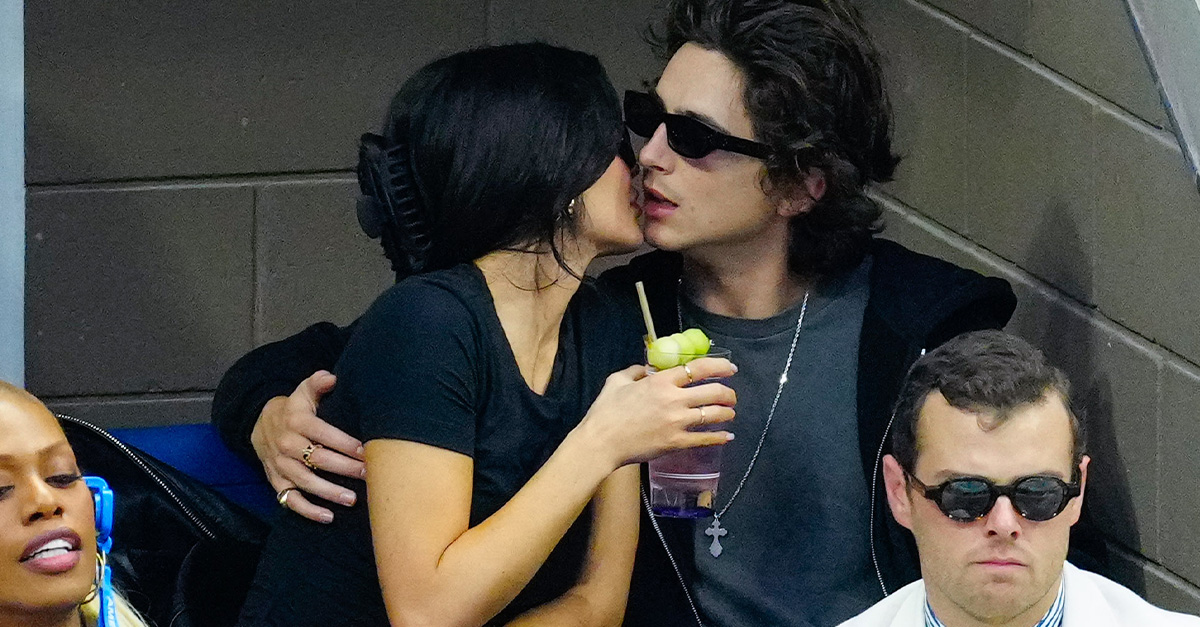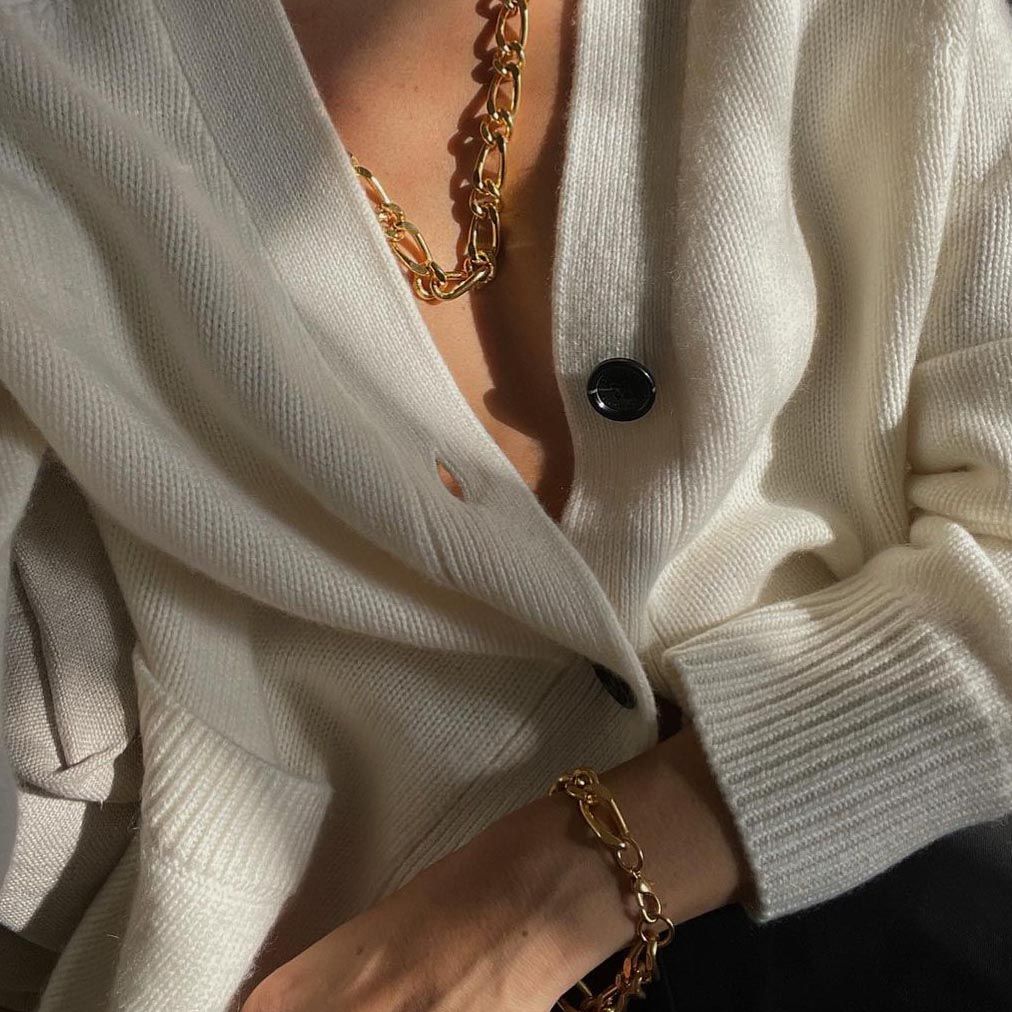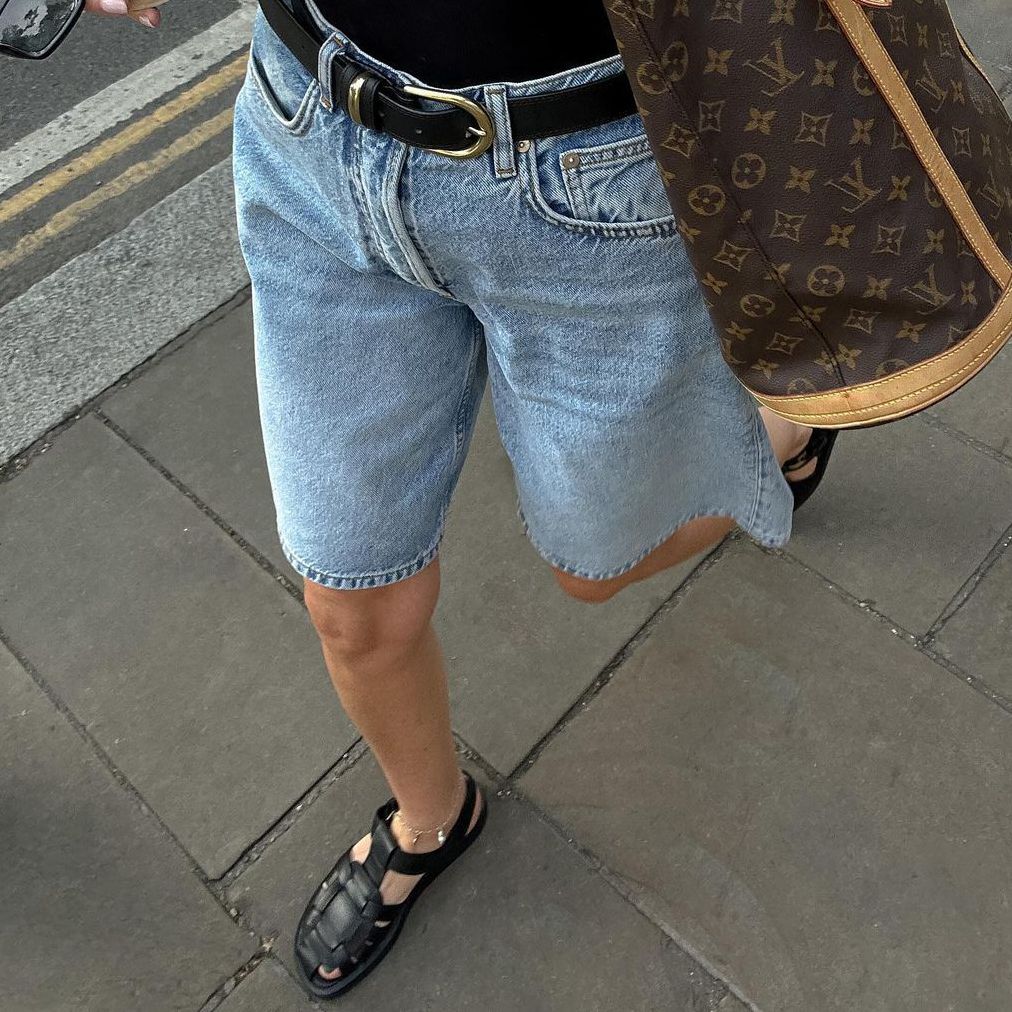Fashion, FOMO, and the TikTok Farewell No One Never Wanted
The five stages of grief, as outlined by Elisabeth Kübler-Ross in 1969, are denial, anger, bargaining, depression, and acceptance. In the last 72 hours, it seems as though American tweenagers and chronically online millennials have mastered the entire emotional spectrum in anticipation of the TikTok ban.
Set to take effect on January 19, the ban—formally known as the Protecting Americans From Foreign Adversary Controlled Applications Act—promises to reshape the social media landscape as we know it. It requires all social networking platforms owned by foreign adversaries to be divested should they want to remain operational in the United States. Although the precise timeline of the ban remains murky, TikTok may go dark as early as Sunday at midnight after a Supreme Court decision to uphold the ban was announced Friday morning, leaving the 170 million Americans who scroll, swipe, and double-tap daily unable to do so. While whispers of legislative extensions and last-minute tech-bro CEO buyouts float in the air, the reality is that more than likely the app’s American interface will cease to exist in a few short days. (Huge news for Duolingo, though, as spiteful Gen Zers flock to learn Mandarin on the app. RedNote, anyone?)
Since its sudden rise during the pandemic, TikTok has cemented its place as one of the most influential people-first platforms the creative community has ever seen. Not since Tumblr, founded nearly two decades ago, has fashion, art, analysis, and critique been able to exist in a space that felt as inviting and egalitarian. You didn’t need a fancy MFA or years in the industry to post your fashion takes in front of a green screen. Gone are the days when legacy media and exclusive circles were the gatekeepers of power—dictating that privilege, thinness, and whiteness were prerequisites for success and leveling the playing field. Bedroom critics, casual fashion enthusiasts, and snarky students were all given a seat at the table. The loss of the platform is especially clear when you consider that, in an increasingly dangerous internet, who’s algorithms often lead to young folks falling down an Alt-Right pipeline, most successful fashion creators on TikTok are women and queer folks of color.
(Image credit: Launchmetrics/Spotlight; Pictured: Maison Margiela 2024 Artisanal Collection)
Fashion TikTok ignited during the Maison Margiela 2024 Artisanal Collection show during Couture Week in Paris in January 2024. The couture collection, designer John Galliano’s last for the French label, evoked an emotional, primal response from the platform’s sartorially inclined users, with many commenting they hadn’t seen a show this evocative in decades. Think pieces and video essays nearly immediately spawned, with commentators posing that the show’s ambience and visuals set the tone for a dark, dreary, yet almost romantic moment honoring society’s radical dark sheep and underbelly castaways.
“No tea, no shade, but if you look on any other social media platform, [white, cis] men are far more digestible and successful,” explains Mandy Lee, creator of the viral 75 Hard Style Challenge. Lee is one of if not the most influential fashion creator on the app, with just north of half a million followers on her account, @oldloserinbrooklyn. “We talk about the democratization of information on TikTok, but it wasn’t just that—it was the democratization of gender, and getting to do this for a job without having to be, like, a snarky Joan Rivers. You can be thoughtful and kind and people will still listen.”
Lee has a point: To this day, most online fashion communities are dominated by women. Although, men are often the ones in the position of making power moves and brokering deals. (Lest we forget, out of the dozens of creative directors of major luxury fashion houses, only eight are women, with only one of those being a woman of color.)
“I think just yearning for discussion, discourse, and information is going to be a lot more difficult without TikTok,” Lee, who quit her job several years ago to pursue content creation full-time, explained. Although she was never a trained fashion journalist or established media figure, her authentic sense of style and easy-to-relate-to content has made her one of the biggest forces of fashion on the app (she’s since built a loyal Substack following.) Unlike other platforms, you didn’t need 15 filters and an overly curated image carousel to have the algorithm push your videos to millions of people. “I feel like me sticking to what I believe in and doing things on my terms is the only reason why I was able to succeed,” Lee added. “It was definitely right place, right time, but being able to stick to my North Star ethos and not trying to emulate somebody or regurgitate what’s popular is, to me, the only way to have a sustainable, opinion-based fashion page people will follow once the app is gone.”
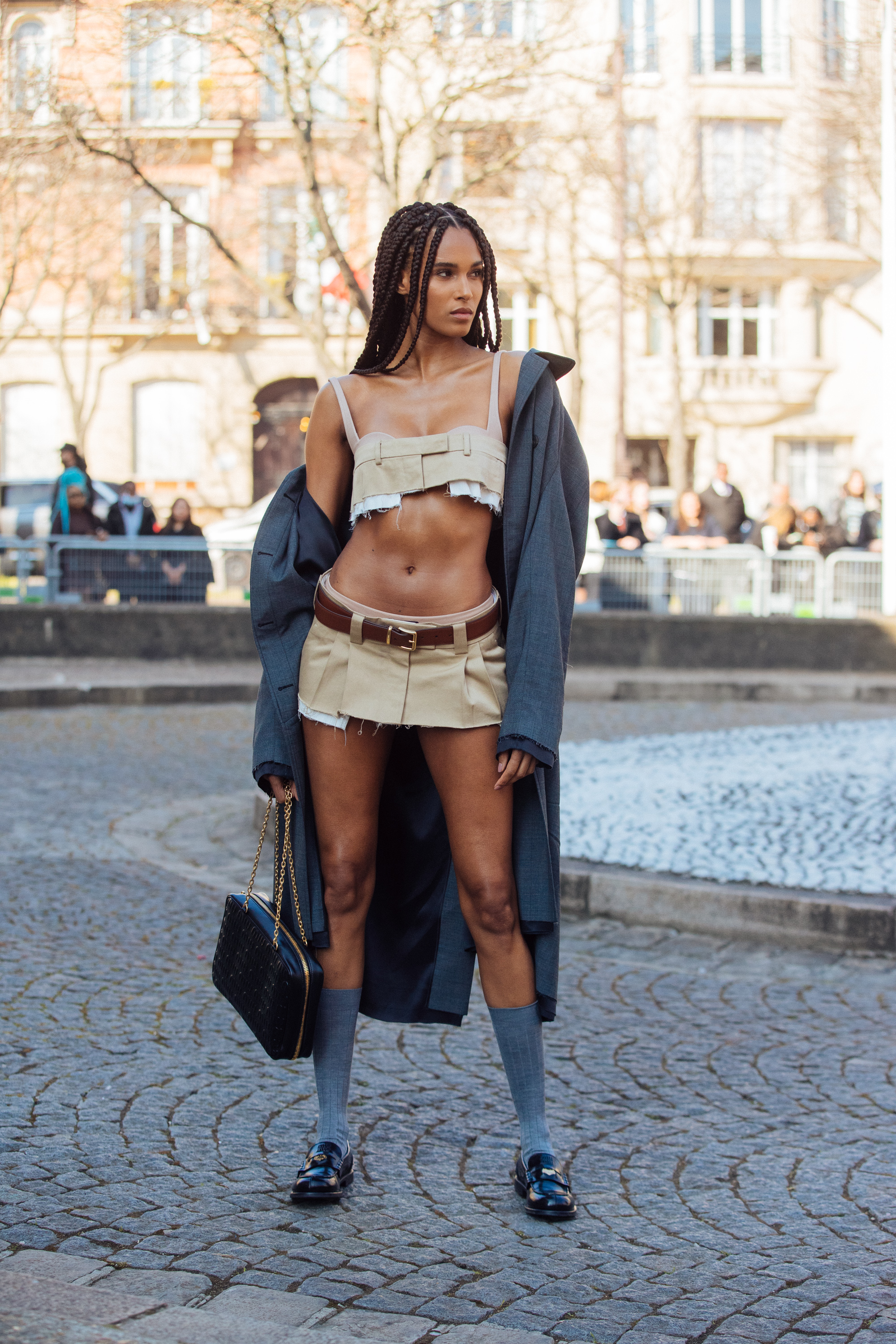
(Image credit: Getty Images)
One can’t talk about fashion TikTok without commenting how completely unserious the videos on the platform are. Case in point: the viral Miu Miu cargo micro-mini look, worn by nearly every influencer throughout the 2022 street style season. Although TikTok often platformed thoughtful analysis and deep criticism about the state of our consumption and our relationship to style, sometimes, it was just messy. The number of memes to come from the Sisterhood of the Traveling Miu Miu Set was plenty.
For years, Lee has seen the implications firsthand: There are the long debates in her comments, the analytical video essays she bookmarks, and the thought-provoking content the algorithm feeds to her in the palm of her hand. TikTok has been a breeding ground for discussion and conversation, especially for those who haven’t typically had access to it before. In her view, platforms like Substack or YouTube lack the instant, captivating connection TikTok offers, leaving an FYP-size hole in its wake. “[TikTok leaving] is like almost the death of community-driven fashion conversation and discourse,” she says.
Throughout America’s loneliness epidemic, we all want to feel tethered to each other, connected by the things we care about, in a way that’s easy to wrap our minds around. TikTok creators have capitalized on legacy media shutting them out, says Mosha Lundström, fashion and culture journalist and host of the podcast Newsfash. Lundström came up in an era when glossy magazines and having a blue checkmark next to your handle on Twitter meant near-instant validation. The key to long-lasting success in fashion, she admits, is to keep up with the times—joining TikTok amid the pandemic was simply a way to expand her audience and remain a part of the larger conversation as younger generations sought a voice to listen to.
“The thing to remember is that the audience isn’t going away. It’s going to move,” Lundström explained. She’s one of the luckier ones—although the platform won’t be banned in the UK, where she’s based, the majority of her audience will be wiped out with the app going dark in the U.S. Her next step is transitioning her audience to her podcast and Substack, the latter of which has made public moves to court former TikTokers to its platform by penning an open letter and integrating live video into the app.

(Image credit: Launchmetrics/Spotlight; Pictured: Sandy Liang F/W 24)
Although Sandy Liang was a mainstay among traditional fashion circles, her popularity exploded in 2023 and 2024, largely in part by the celebration of her whimsical, girlhood-centered aesthetics on TikTok. Pink bows, delicate seashells, and metallic, star-shaped hairpins were abundant among the cool TikTok girlies, nearly all taking inspiration from the label’s signature aesthetic that seemed to pioneer the look of the moment over the last few seasons.
Let’s be honest, though. It might be a while before Americans rally behind another app in the same way they did around TikTok. Substack is still trying to find its footing in the creator community, X is where nuance goes to die, and the Instagram Reels algorithm leaves the comments section feeling like a psy-op. Community thrived on TikTok, though. “There was so much healthy discourse in seeing people who were very passionate but perhaps did not have a professional background get the platform and ability to communicate these hot takes and capitalize off algorithms,” Lundström explained. “I would see a lot of people creating videos on TikTok and think, That is a magazine story, [because of how thought-out they were.] And people would engage.”
As TikTok’s impending shutdown looms, fashion loses its most democratic, boundary-pushing platform. The community will migrate onto different apps in the coming months, but the magic? It’s a wrap. TikTok wasn’t just another app filled with brain-rot thirst traps about Luigi Mangione and Amazon storefronts—it was a space where fashion felt unfiltered, egalitarian, and authentic. The creators who thrived—often women, often with no “credentials” but a good eye and a sharp wit—used TikTok to make style, critique, and conversation not only accessible but revolutionary. As we scroll through our For You pages for the last time, let’s mourn what TikTok gave us and brace for the social media wasteland that’s sure to follow. A sincere thank-you to the fashion creators and your personal Chinese spy for turning the app into the glorious disruptor it was—may the loss of TikTok’s algorithm haunt us forever.
Check out our Latest News and Follow us at Facebook
Original Source

